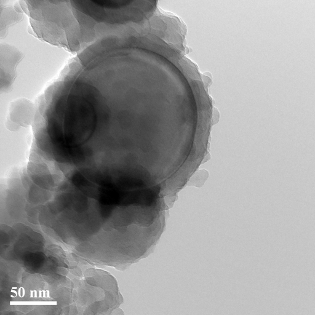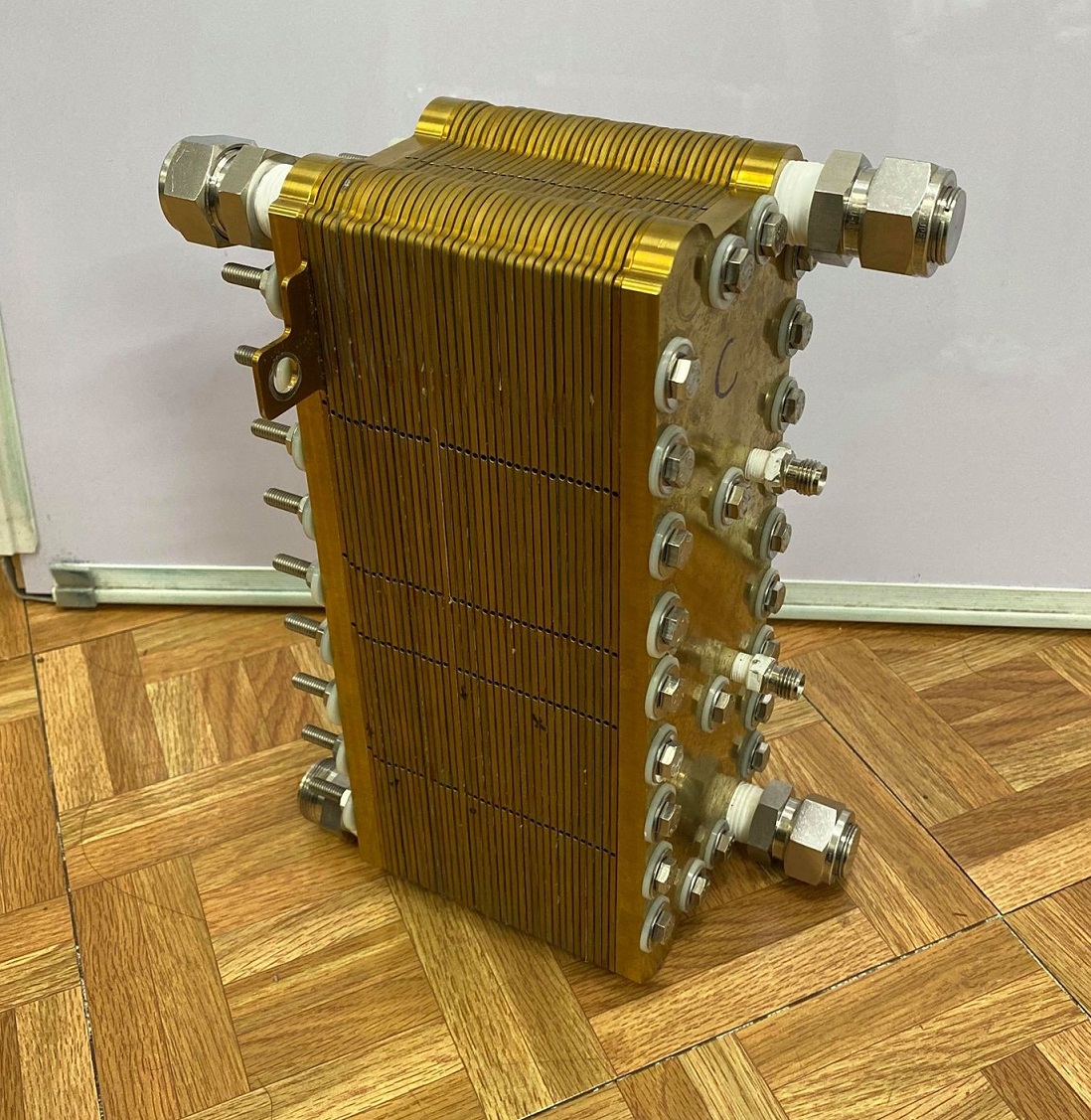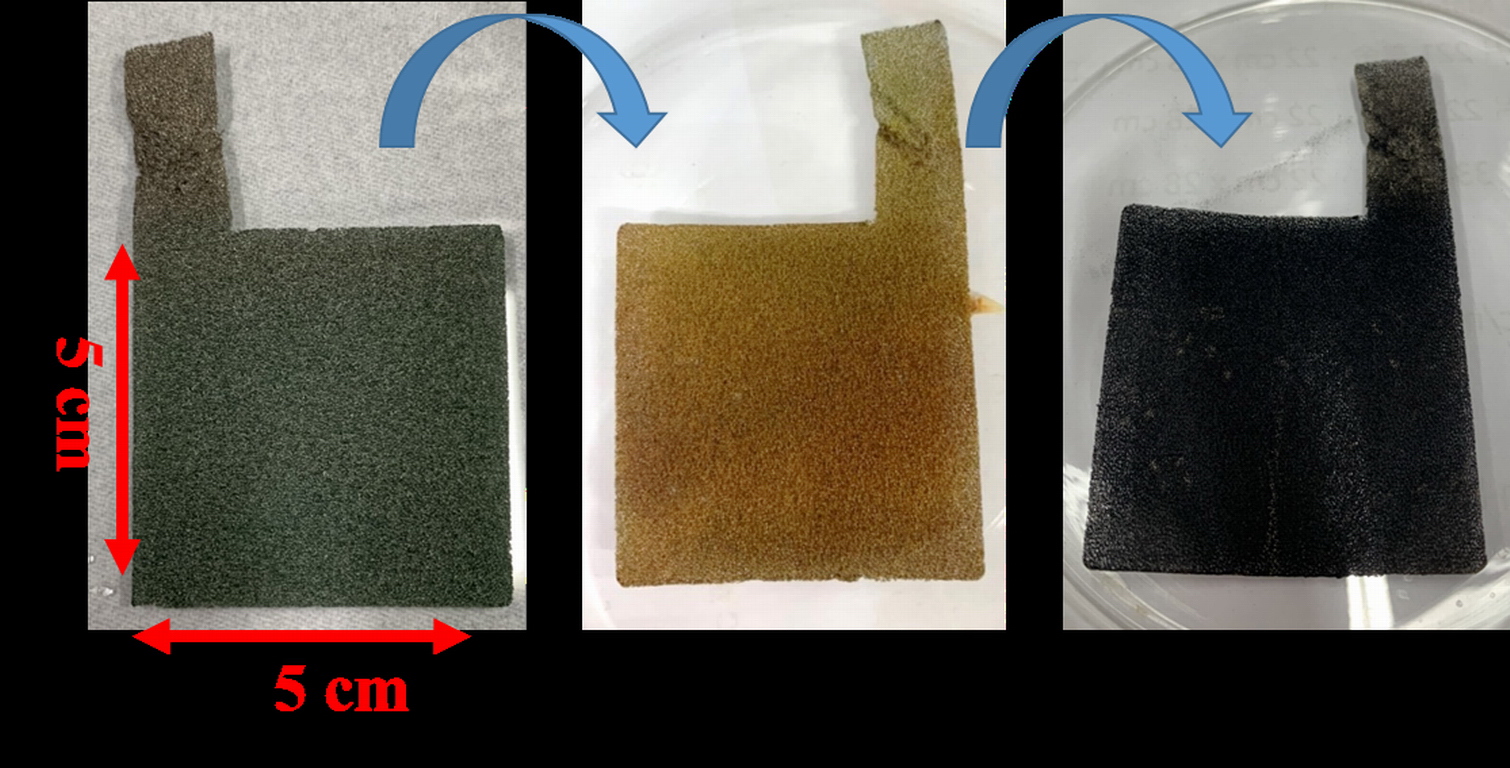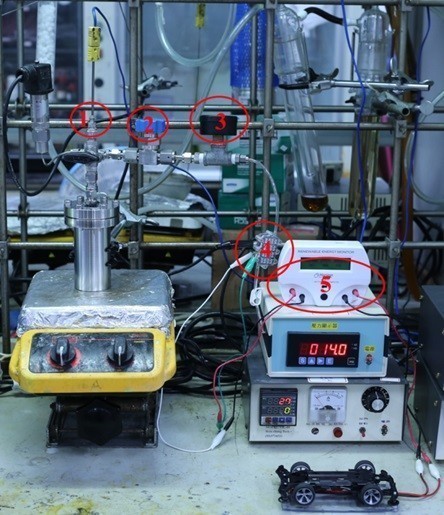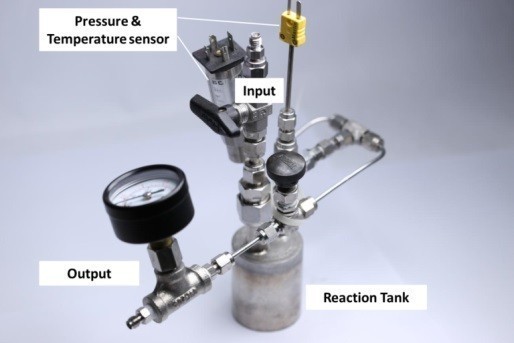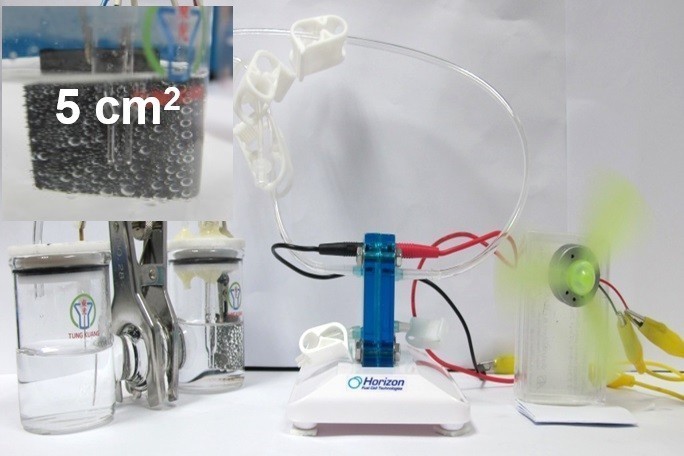| Technical Name | System for preparing of platinum-germanium alloy nanoparticles | ||
|---|---|---|---|
| Project Operator | National Tsing Hua University | ||
| Summary | We synthesized GePt3 nanoparticles by a colloidal route, with the purpose of replace or reduce platinum catalyst in hydrogen evolution reaction. Once successfully set up the real-time analysis system, the relationship between hydrogen production rates and loading quantities of GePt3 can be optimized by more detailed analysis. |
||
| Scientific Breakthrough | A system for preparing of platinum-germanium alloy nanocrystals is provided, which comprises a first supply device for supplying platinum (II) iodide as the precursors of platinum and a second supply device for supplying germanium (IV) iodide as the precursors of germanium. The platinum (II) iodide, oleic acid (OA) and oleylamine (OLA) are added to the first supply device placed on a heating plate, and preheated for 30 minutes at 130℃. Next, germanium (IV) iodide, oleic acid (OA) and oleylamine (OLA) are mixed and reheated to 130℃. Then, the reaction temperature is heated up to 260℃ by a rate of 2℃ /min and once the temperature reached 260℃, the first supply device was cooled instantly to room temperature. The nanoparticles (GePt3) could be obtained, whereas byproduct and unreacted precursors were discarded. We further apply the as-synthesized GePt3 nanoparticles in hydrogen evolution reaction to replace or reduce platinum catalyst. |
||
| Industrial Applicability | 主要以製程上需要氫氣或熱電的廠商為主,並且本技術因應未來綠能減碳議題下,可以提供一完整高效率綠能製程,可廣泛應用在氣體業、發電業、製造業等 |
||
other people also saw

